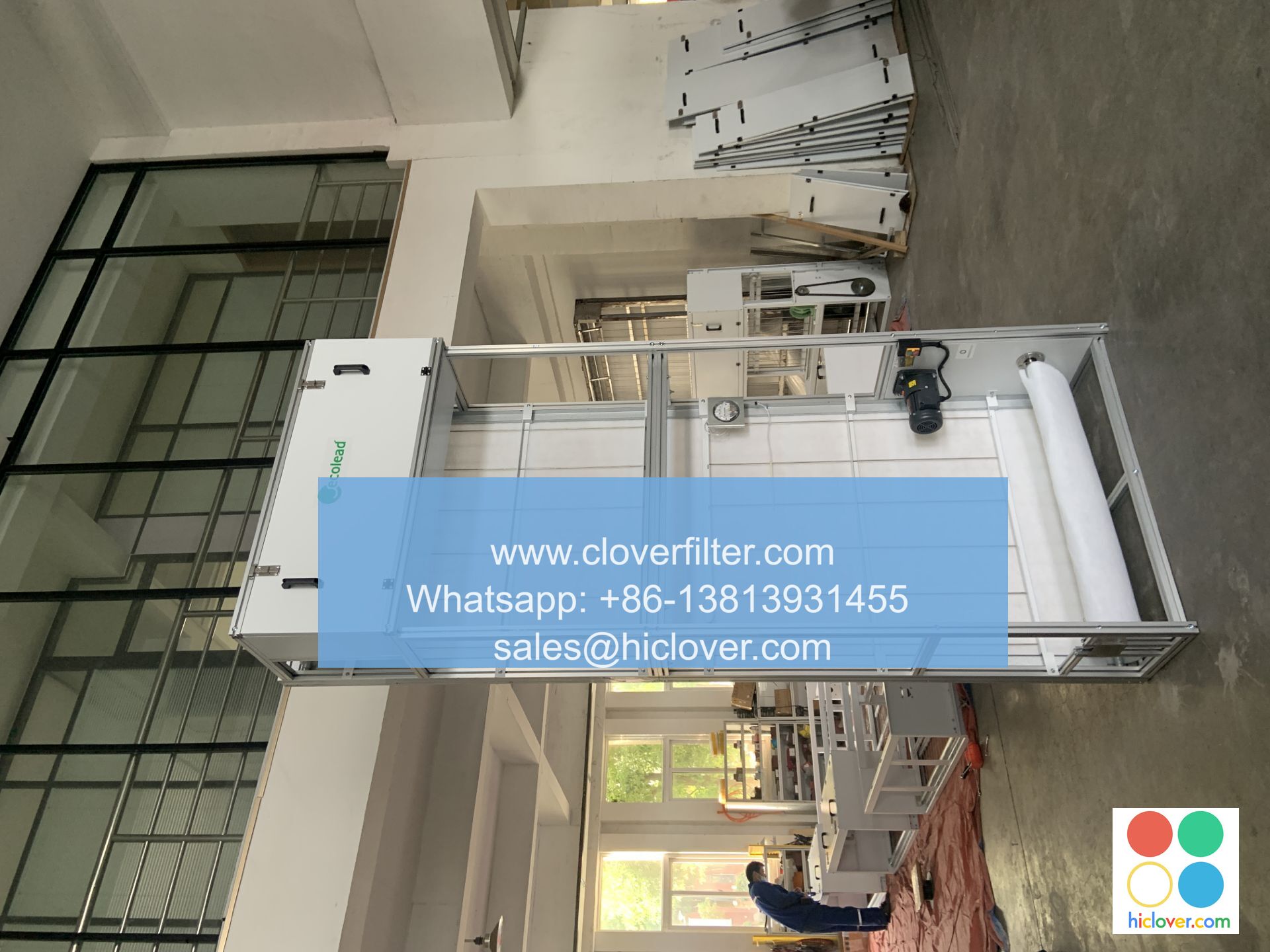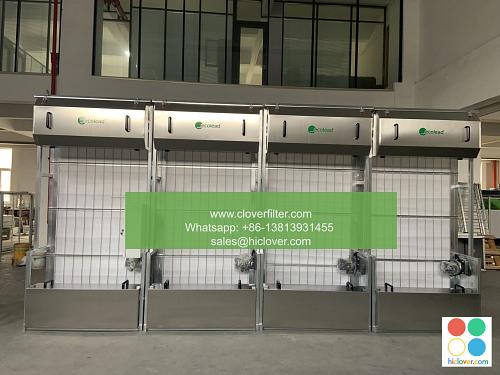Air Filter Project: Developing a Low-Cost Solution for Underprivileged Communities

The Air Filter Project is an innovative initiative aimed at providing a cost-effective solution for improving indoor air quality in underprivileged communities. This project combines cutting-edge technology with sustainable design principles to create a low-cost air filtration system that can be easily implemented in a variety of settings. In this article, we will explore the key features and applications of the Air Filter Project, with a focus on its potential to improve the lives of people in underprivileged communities.
Background and Context
Indoor air pollution is a significant public health concern, particularly in low-income households and underprivileged communities. The use of traditional cooking methods, such as coal or wood-burning stoves, can release harmful pollutants into the air, including particulate matter, carbon monoxide, and volatile organic compounds. These pollutants can cause a range of health problems, from respiratory issues to cardiovascular disease. The Air Filter Project seeks to address this issue by providing a low-cost, easy-to-use, and effective air filtration system that can be used in a variety of settings, including homes, schools, and community centers.
Key Features and Components
The Air Filter Project uses a combination of advanced materials and smart design principles to create a high-performance air filtration system. The system consists of a pre-filter that captures large particles, a HEPA filter that captures smaller particles, and a activated carbon filter that captures gases and odors. The system is designed to be energy-efficient and low-maintenance, making it an ideal solution for underprivileged communities where access to electricity and technical expertise may be limited.
Applications and Implementation
The Air Filter Project has a wide range of potential applications, including:
* Indoor air quality improvement in low-income households and underprivileged communities
* Reducing exposure to air pollutants in schools and community centers
* Improving health outcomes for individuals with respiratory issues or cardiovascular disease
* Supporting sustainable development initiatives in rural and urban areas
The Air Filter Project is being implemented in a variety of settings, including rural villages, urban slums, and community centers. The project is being led by a team of experts in air quality management, sustainable design, and community development, who are working closely with local stakeholders to ensure that the project is tailored to the needs of each community.
Conclusion and Future Directions
The Air Filter Project is a groundbreaking initiative that has the potential to improve the lives of millions of people in underprivileged communities around the world. By providing a low-cost, effective, and easy-to-use air filtration system, the project is helping to address the critical issue of indoor air pollution and promote sustainable development. As the project continues to expand and evolve, it is likely to have a significant impact on public health, environmental sustainability, and social equity, making it an important model for community-led initiatives and sustainable development projects around the world.
Keyword applications: Air Quality, Sustainable Development, Low-Cost Solution, Underprivileged Communities, Indoor Air Pollution, Public Health, Environmental Sustainability, Social Equity, Community-Led Initiatives. It seems like you didn’t provide a prompt. Could you please provide more details or clarify what you would like to talk about or ask? I’m here to help with any questions or topics you have in mind.

